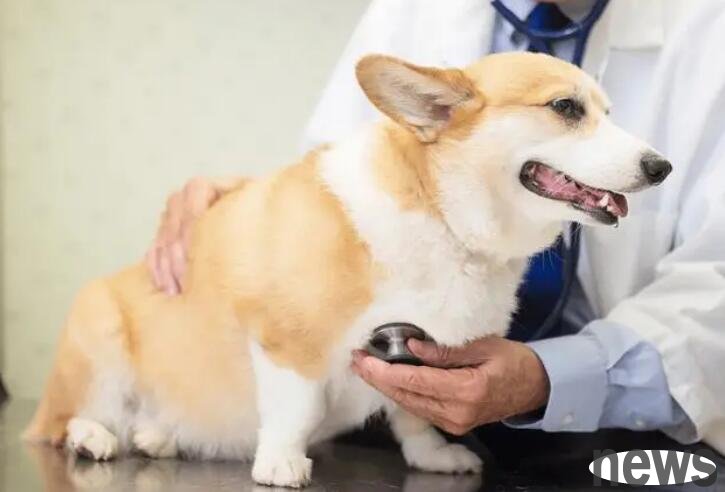Many people have dogs at home, but they don’t know how to tell whether their dogs have ascites. First of all, you can observe it with the naked eye. If you see that the dog has symptoms of continuous weight loss, but the belly has enlargement and sagging, it may be ascites. Secondly, you can also determine whether the dog has ascites by palpation, and gently pat the dog's abdomen with your hands. If you can clearly feel the fluctuation of the fluid, it is most likely ascites. At this time, it is recommended that the owner take the dog to the pet hospital for abdominal B-ultrasound examination and DR examination in time to clarify the cause of ascites and provide treatment.

1. Visual observation
Usually dogs will not have too serious abnormal symptoms after ascites occurs, and their diet will not be greatly affected. They may even have a better appetite than usual, but they will not eat fat. Instead, they will have abnormal symptoms such as continued weight loss and visible ribs. In severe cases, they may even have jaundice. Therefore, owners can visually observe the sagging of the dog's abdomen. If the dog only has a big belly but is thin in other places, it may be ascites.

2. Palpate with your hands
After the dog has ascites, the belly is usually soft and has a fluctuating feeling when palpated. Therefore, the owner can gently pat the dog's belly with his hand. If there is a strong undulation to the touch and a banging sound like a water balloon, it may be ascites.
Note: If you suspect that your dog has ascites, you must take your dog to the pet hospital for examination and treatment in time. If it is discovered early and treated in time, it will not cause life danger. However, if it is discovered late and is not treated in time, causing internal organ damage, it will die in about a month. Therefore, if a dog is found to have ascites, it should be checked and treated in time to avoid life danger.